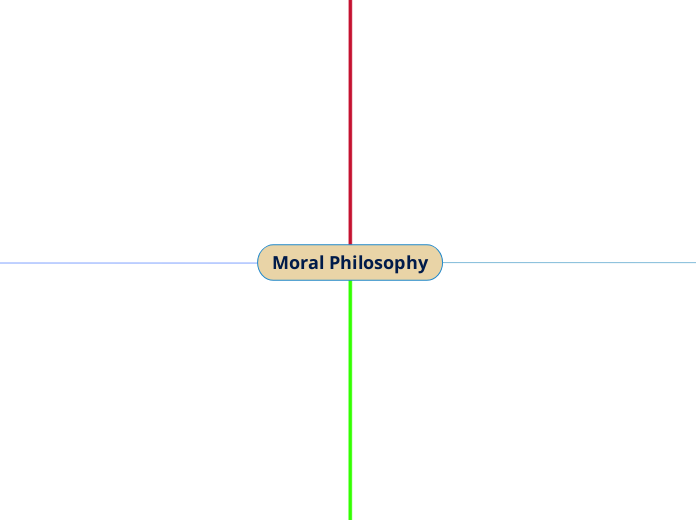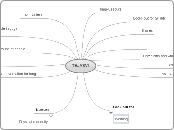Eastern Approches to the unified reality
Confucianism
the meaning of life is similar to taoism, and they
belive in the idea of harmony and the ying yang.
they believed that perfection was in reach of everyone and therefore strive to be living example of virtue.
They truly believe in becoming and reaching your best potential.
They really respect thier
elders, as they believe they have been through
similar things and you must look up to those who
have done the journey before you.
Often lived thier lives thinking
they had to serve to heaven.
The ultimate reality in confucianism, is a little different
than that of the others. Confucius thought that the nature of ultimate reality is beyond humans to know or understand therefore morals should come from relationships and not be referred from a higher order.
TO become ones self they had to follow the way
to heaven, once one finds themself through the journey
of life, they then find god and that it thought to be when they
find themselves.
Relationship between mind and matter
The mind and matter of confucians is close,
as they must learn the five virtues in which are displayed
and used in every aspect of their lives. They must use the physical world around them to learn the 5 virtues, leaving their mind and matter close.
Hinduism
Another meaning of life is to
receive good karma
The meaning of life is to achieve four things
1.Dharma- act ethically and morally throughout your life
2. Artha- pursuit of wealth
3. Kama- receiving enjoyment from life
4. Moksha- liberation from rebirth and freedom. And enlightenment
The ultimate reality is Brahman, which is a supreme being and
the soul of the universe. Hindus can see him or her however they choose. Brahman is made up of many gods and goddesses who ultimately specialize in different areas. Therefore the ultimate reality for a hindu is to reconnect with brahman after death.
Whichever path is taken to get to ultimate
reality is seen as valid.
Atman is the self of Hindus, it is the self beyond
ego and false self. It originated from the Brahman which
is the soul of the universe, and one shall return back to the universe; a large part of ones self is spiritual rather than material
This doesn't just happen in one life, they believe in reincarnation therefore when they die their soul does not die. This endless cycle is names Samsara
Hindus belive that mind is matter
although very subtle
Hindus connect their mind and matter often by yoga, connecting with their Atman and relaxing their mind
and body.
Taoism
Embrace the journey that life gives you
The ultimate goal is to aline themselves
with Tao by letting nature take its natural course
and not interfering, this is called Wu Wei
ultimate nautre of reality
Taoists really live a
"go with the flow" kind of life and that
is ultimately their goal.
The goal of taoists is to become one with Tao which
all things derived from, this leads people to a balanced, happy
life of being one with the surrounding world.
Taoists find themselves by something
called self-cultivation which has a few stages
1. Eliminating imbalnces in your energies
by bringing them all together (could be accomplished
by meditation)
2. Choas- this is the second stage
where you break premade routines and become
comfortable with just being and embracing the ying yang which represents the good and the bad in life
3. the final stage of taoists finding themselves is when they
have accomplished steps one and two and they become
one with the world that surrounds them and the situations
around them.
The relationship between taoists
mind and matter is very strong and in synch
in order to be one with the world that surronds you,
you must open your mind to see and be with the physical world
Buddhism
Meaning of life
Buddhas four noble rules help to
find people Nirvana which is the end of change
and oneness with the universe
1. Dukkha: Suffering is everywhere and a part of life.
2. Samudaya: There is a cause of suffering, which is attachment or misplaced desire (tanha) rooted in ignorance.
3. Nirodha: There is an end of suffering, which is nirvana (the possibility of liberation exists for everyone). One must cease all desires.
4. Marga: There is a path that leads out of suffering, known as the Noble Eightfold Path (right view, right thought, right speech, right conduct, right vocation, right effort, right attention and right meditation).
(taken from ministry course)
.
The primary purpose is to end suffering, as it is
thought that people are contsantly suffering
becuase they get attached to things that give us
unlasting happieness.
Ultimate nature of reality
Often budihsts reality is diplayed in bhavacakra
which are paintings that reperesent the universe
as a "series of concentric circles all within the grasp of Mara, the lord of death" (http://www.patheos.com/Library/Buddhism/Beliefs/Ultimate-Reality-and-Divine-Beings)
Subtopic
Has no beginning
such like the Christian
universe does
There is a supreme State
rather than supreme person
reality is samsara; ever changing,
has an endless existence and is impermanent.
Reaslity is called dharma or dhamma
and it is the concept that reality, is what
it is.
What is self?
In buddhism there are five skandhas (5 parts to ones existence) all controling different parts of you which
include; form (physical form), sensation(emotion and physical feelings) , perception(thinking) , mental formations(habits, prejudices,predispositions) and consciousness (awareness of sensitivity to an object)
ego is thought of a byproduct of the 5 skandhas
Relationship of mind and matter
Buddhists belive in a strong connection
between the mind (nama) and matter (rupa)
They belive they must work together for life to happen;
they belive for one to work they must have the other present
when death comes that is the seperation of mind and matter.









